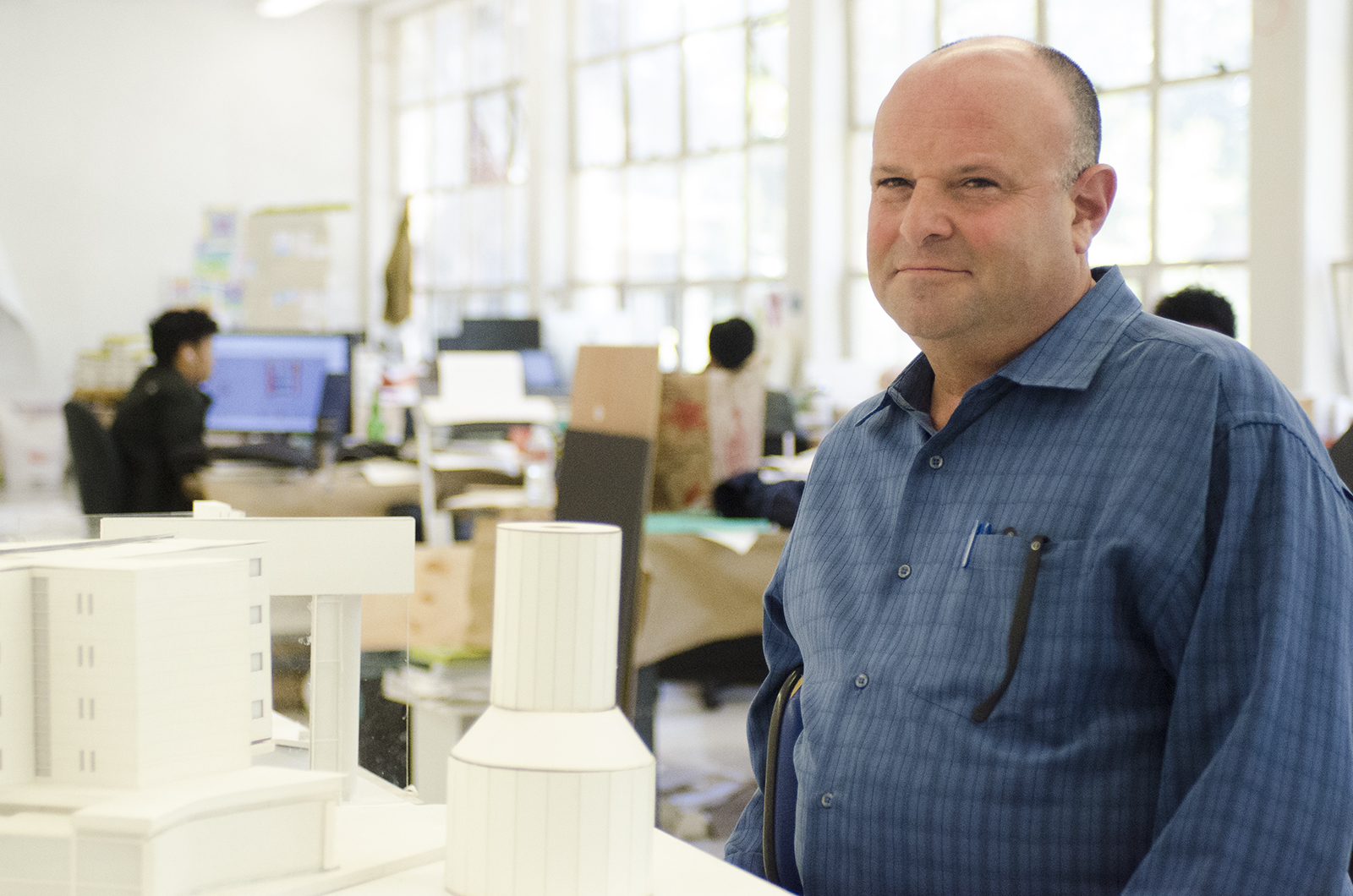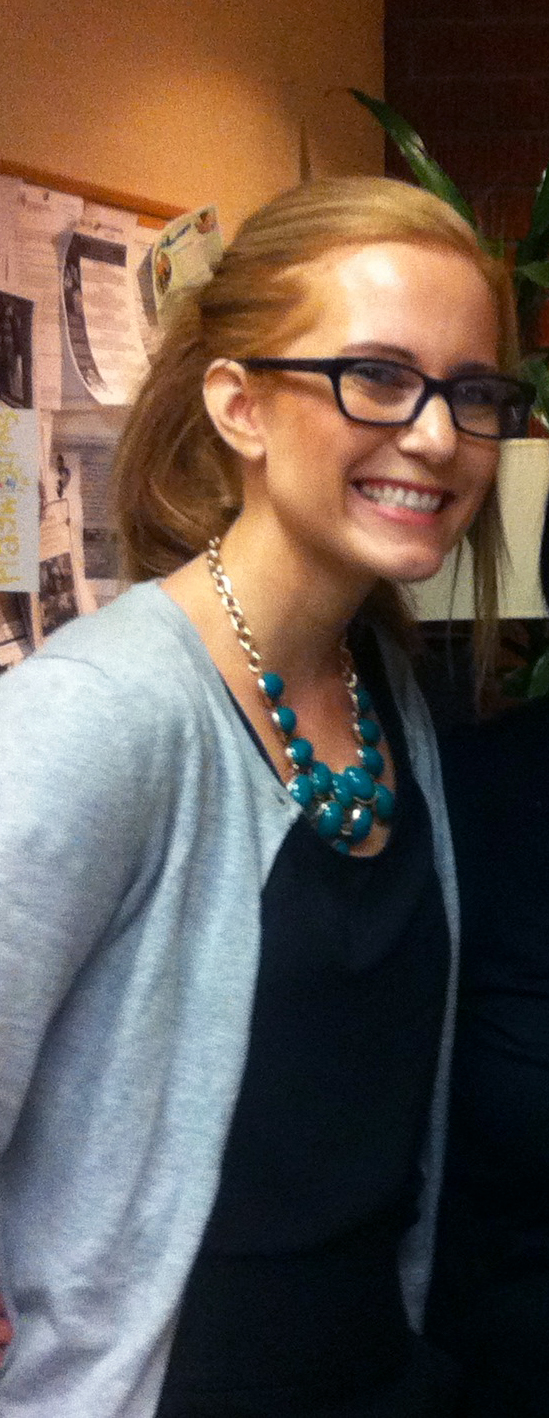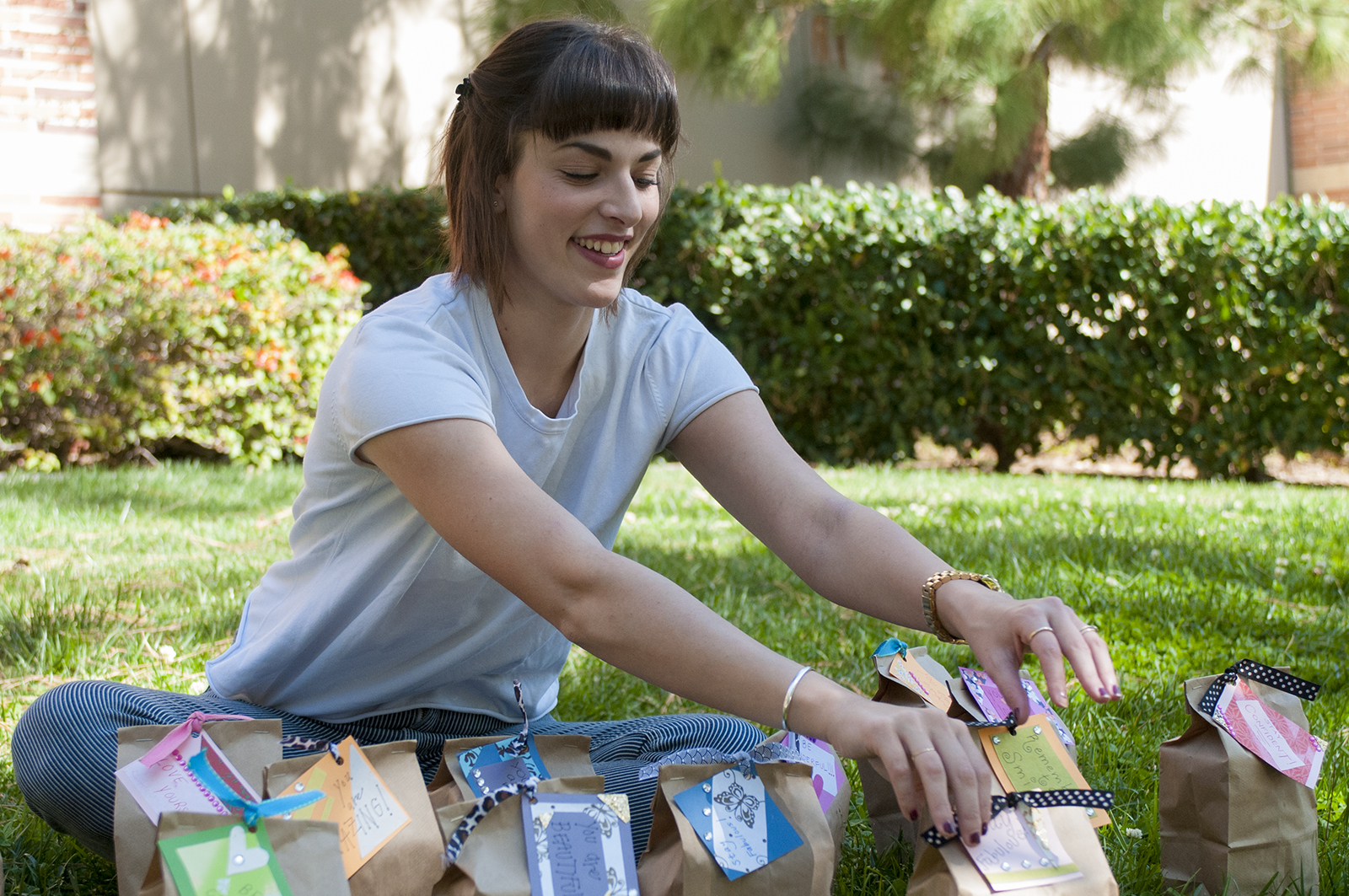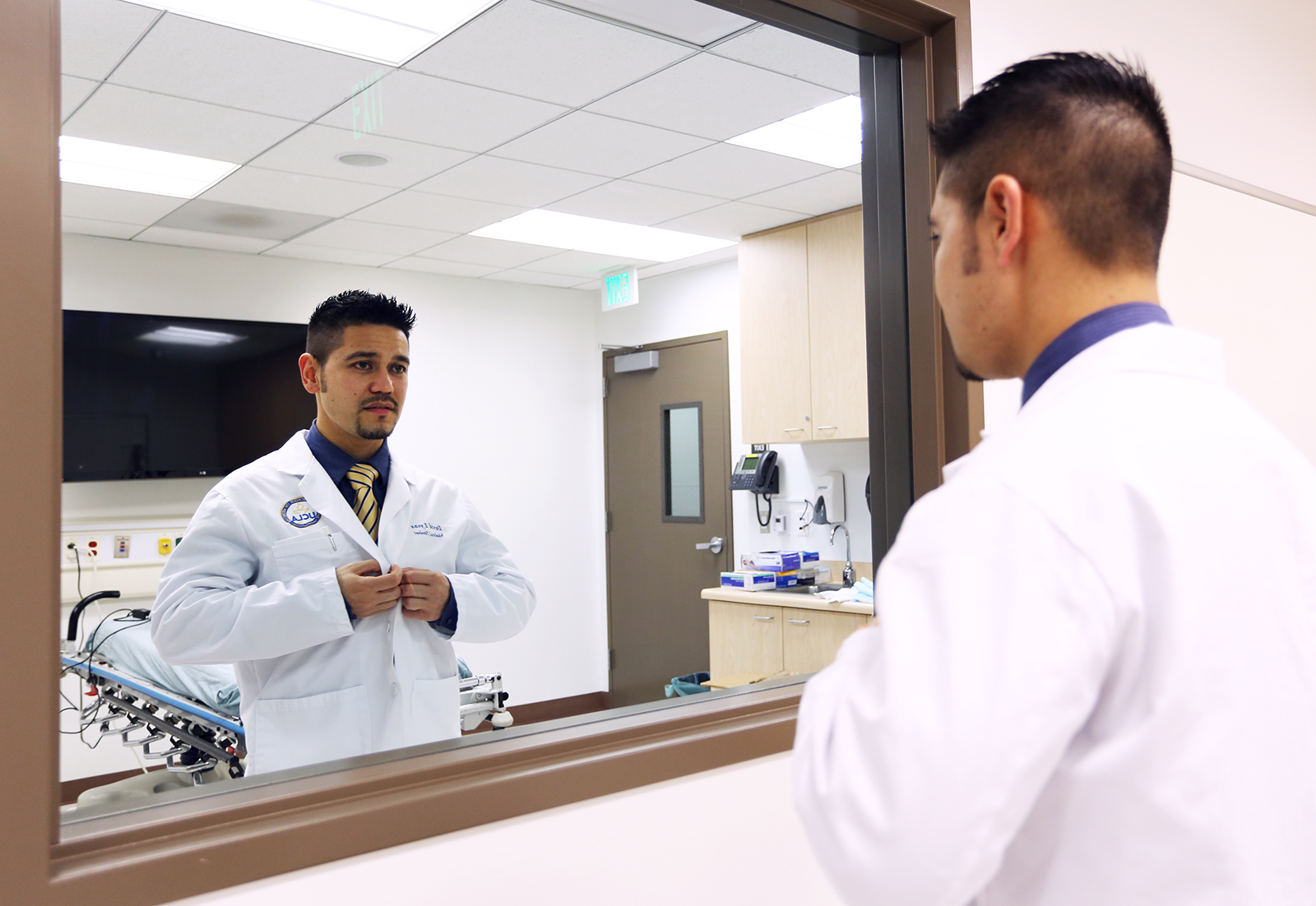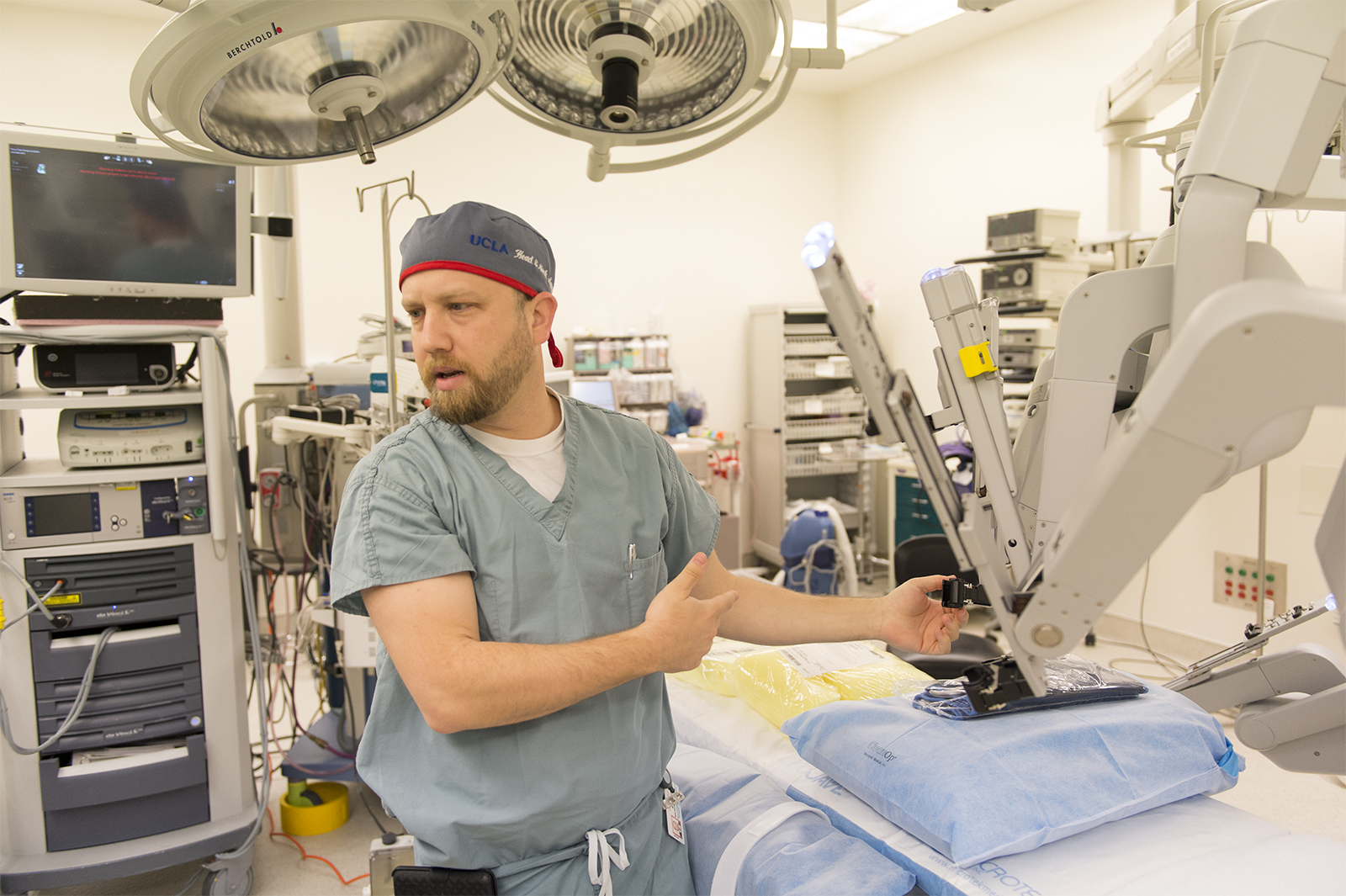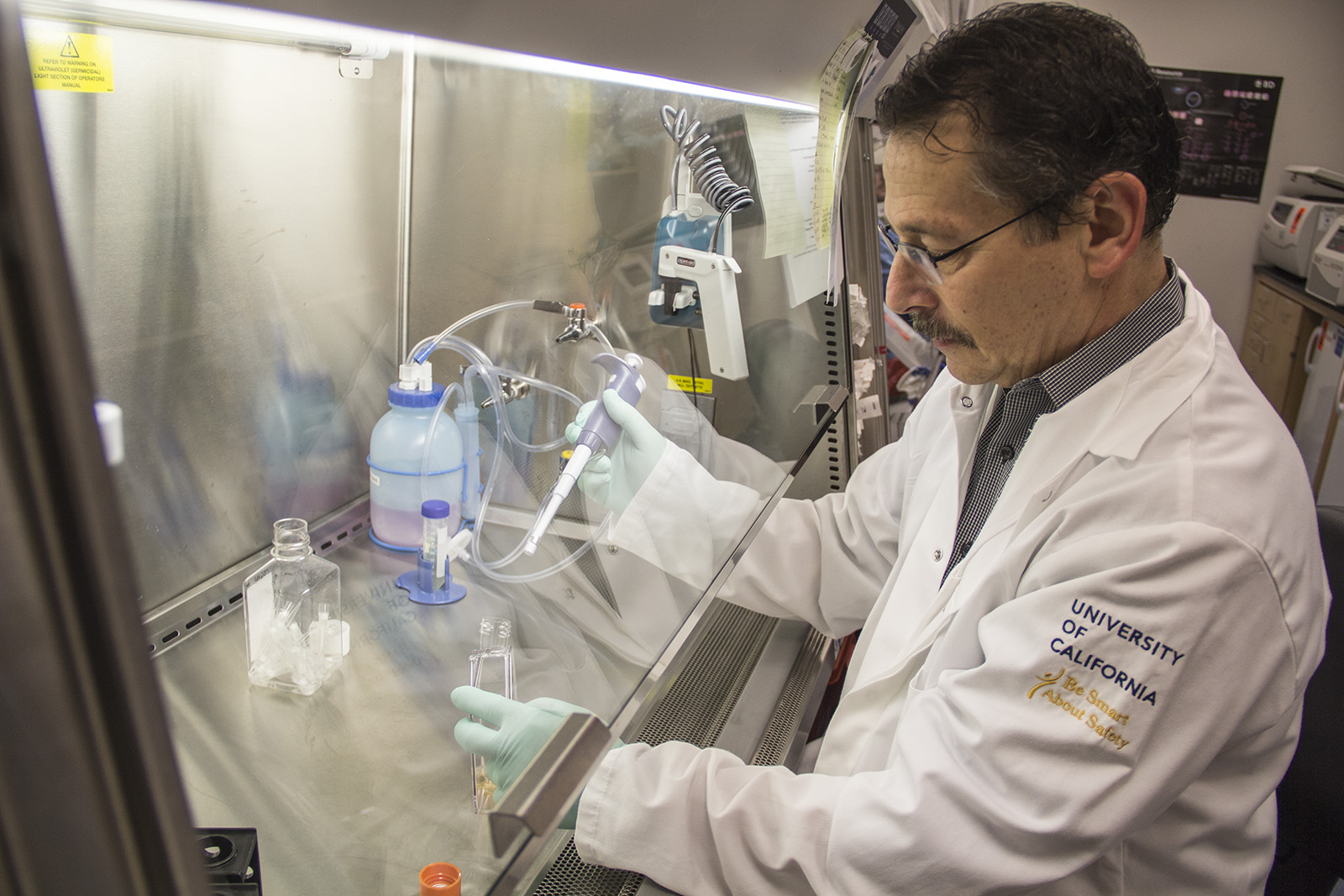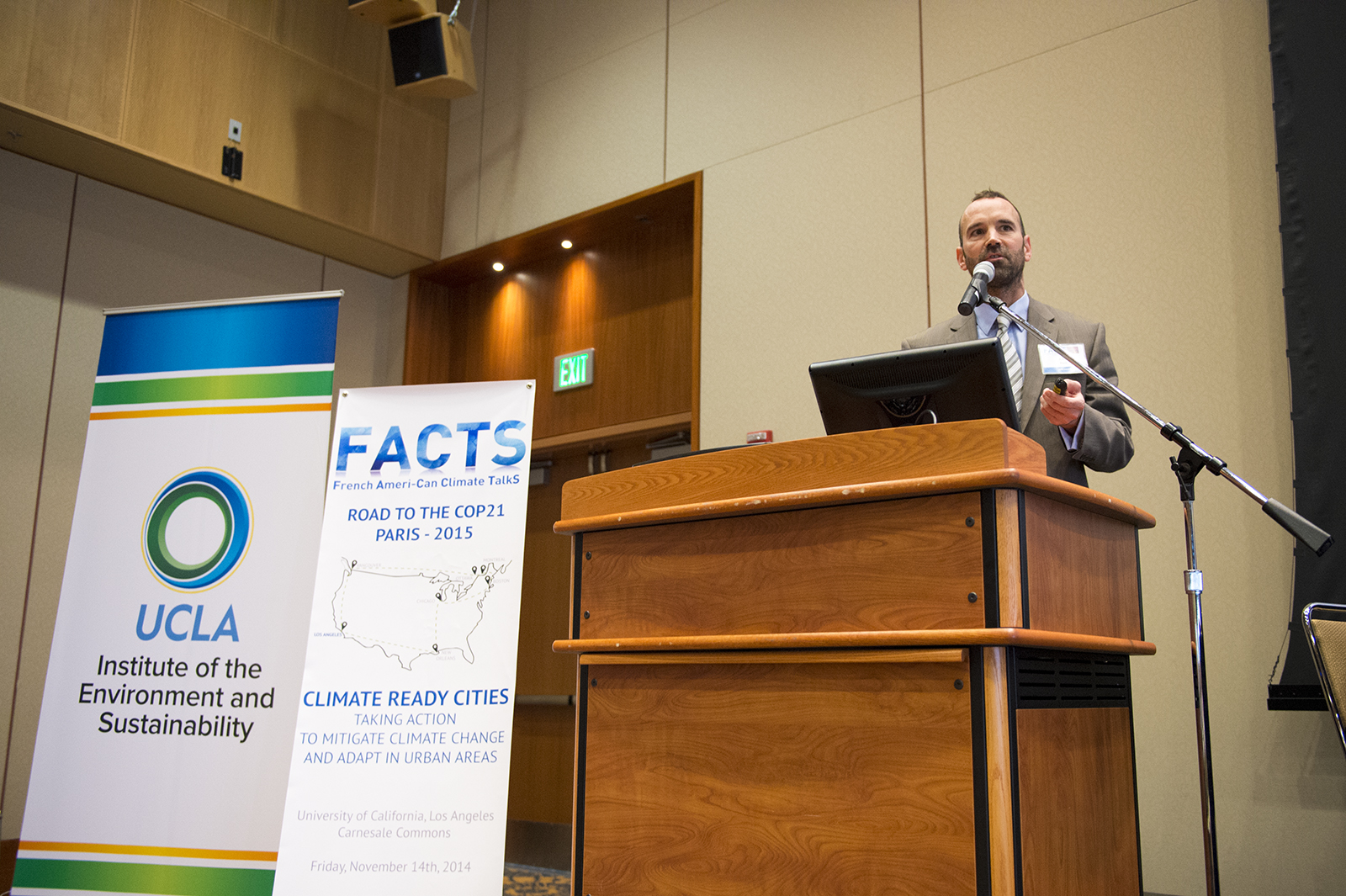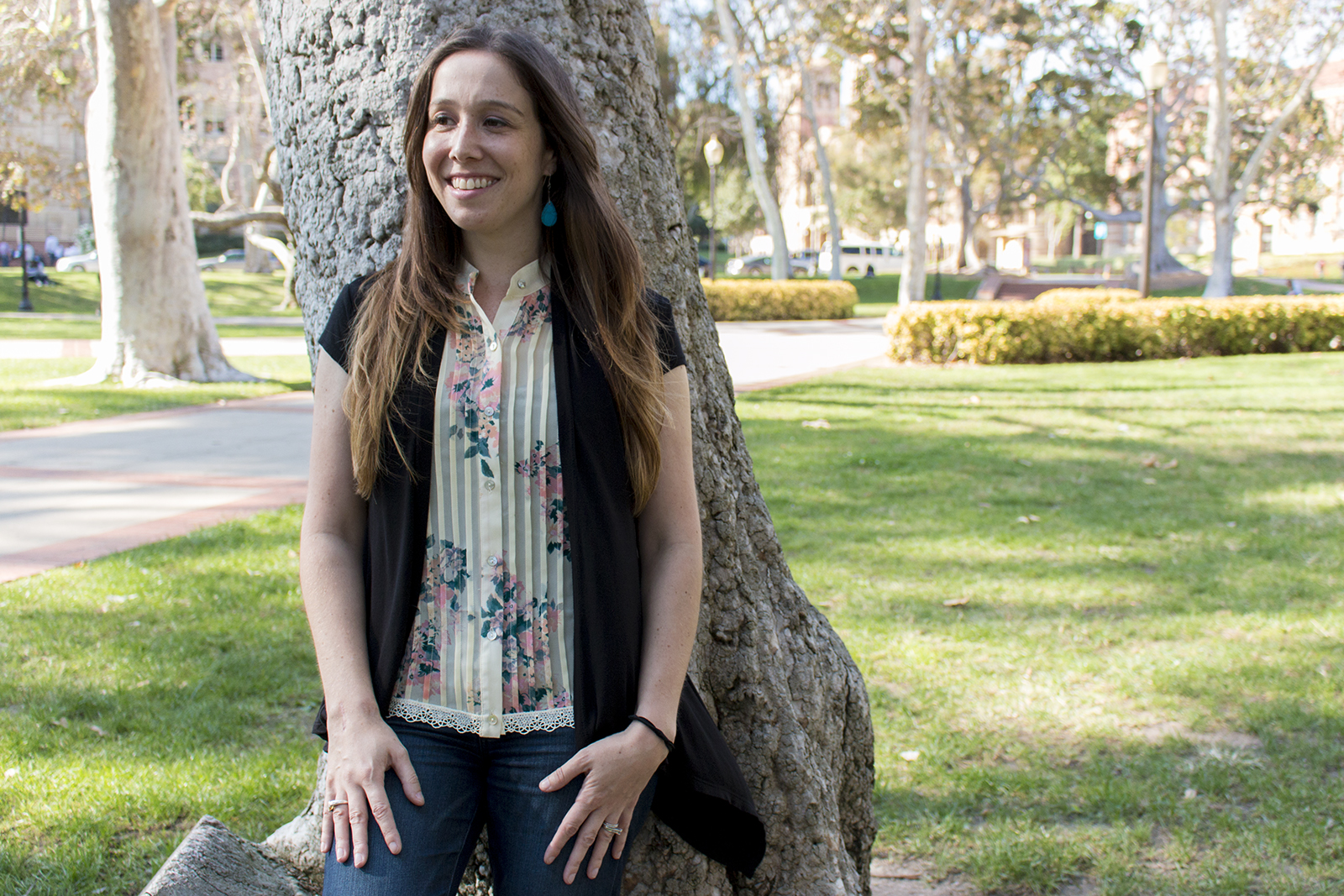Campus
May 28, 2015 1:30 a.m.Architect to speak at TEDxUCLA about smartphone impact on urban design
Architect Roger Sherman founded cityLAB, a research and design center at UCLA, with his colleague Dana Cuff after realizing a need for an outlet for UCLA architecture students and faculty to solve contemporary urban problems.
By Nikki Somani
News
March 5, 2015 3:18 a.m.We Care collects feminine hygiene products for homeless women in need
Janelle Cohen sat on the floor of her apartment surrounded by scrapbook paper, index cards, old ribbon, markers and 14 boxes of feminine hygiene pads last week, making her first packages for We Care, a feminine care product drive for Los Angeles women in homeless shelters.
By Nikki Somani
News
Feb. 10, 2015 1:32 a.m.UCLA researchers develop chip that can extract cancer cells from blood
UCLA scientists at the California NanoSystems Institute have developed a more efficient and cost-effective method to extract and analyze cancer cells from a patient’s blood.
The NanoVelcro Chip, which is about the size of a postage stamp, contains wires 1,000 times thinner than a human hair.
By Nikki Somani
News
Jan. 12, 2015 1:44 p.m.FDA to ease lifetime ban on blood donations from gay, bisexual men
Alex Ramsey started donating blood in high school after hearing stories from his stepfather about accidents he saw in his law enforcement job.
But after Ramsey came out as gay when he was 17, he learned he was no longer able to donate blood because of his sexuality.
By Nikki Somani
News
Dec. 8, 2014 1:52 a.m.UCLA researchers develop treatment for immune system disorder
Her 2-year-old son lay on the hospital bed with an IV in his arm. Wearing gloves and a mask, Jessica Ainslie gently patted his head as they waited for UCLA researchers to arrive with a potential cure for his disease – a syringe filled with his own genetically modified bone marrow.
By Michael Nowicki and Nikki Somani
News
Nov. 17, 2014 7:29 p.m.Panelists speak at FACTS conference, discuss climate change issues
Alex Hall stood at the podium as he pointed to a graph showing two different scenarios of temperature: one accounting for the reduction of greenhouse gas emissions and another factoring in no reductions.
By Nikki Somani
News
Nov. 14, 2014 7:37 a.m.UCLA student’s blog chronicles journey before, after double mastectomy
In the evenings when her husband was sleeping, she would talk to herself to prepare for the procedure. Though she was nervous about the decision she was making, she knew it could potentially change her genetic fate.
By Nikki Somani

searching for more articles...


